SOURCE: RAUNAK KUNDE / NEWS BEAT / IDRW.ORG
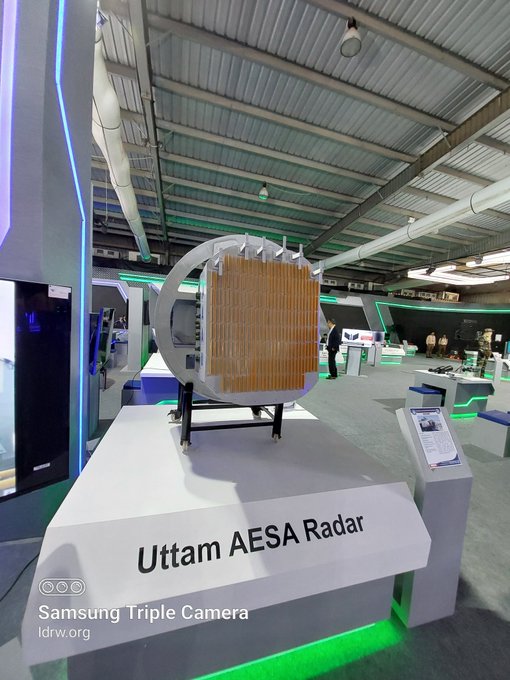

Hindustan Aeronautics Limited (HAL) has announced a significant shift in the Tejas Mk1A fighter program. Chairman and Managing Director (CMD) CB Ananthakrishnan confirmed that the Uttam AESA Fire Control Radar (FCR) will replace the Israeli ELM-2052 AESA radar starting from the 41st Tejas Mk1A aircraft onwards.
The Uttam AESA FCR represents a major milestone in India’s defence indigenization efforts. Developed by the Defence Research and Development Organisation (DRDO), this indigenous radar has completed 125 flight tests on two Light Combat Aircraft (LCA) Tejas prototypes.
Continue readingSOURCE: RAUNAK KUNDE / NEWS BEAT / IDRW.ORG


The Indian Air Force (IAF) is gearing up to strengthen its air defense capabilities with the procurement of advanced medium-range surveillance radars. This initiative emphasizes the IAF’s commitment to staying ahead of evolving threats, including drone warfare.
The IAF prioritizes acquiring these radars from domestic sources. The key requirement is a detection range exceeding that of currently deployed systems. The ideal radar should offer a primary detection range of at least 200 kilometers and a secondary detection range exceeding 300 kilometers.
Continue readingSOURCE: RAUNAK KUNDE / NEWS BEAT / IDRW.ORG
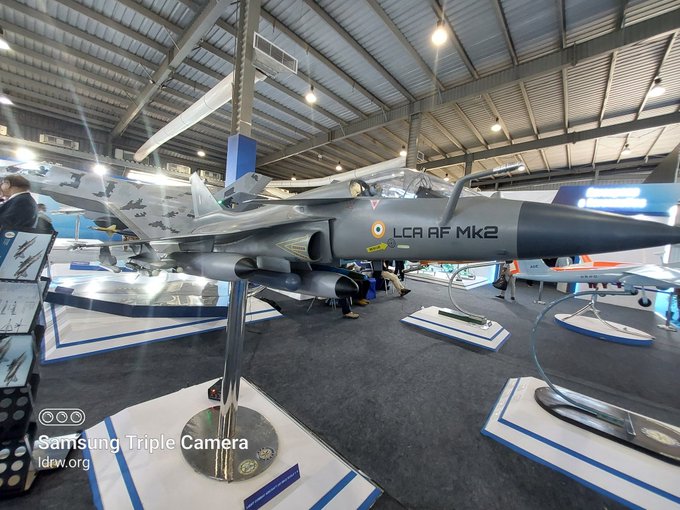

Hindustan Aeronautics Limited (HAL) Chairman and Managing Director, CB Ananthakrishnan, has provided an update on the timeline for the Tejas Mk2 fighter jet program. According to Ananthakrishnan, the first deliveries of the Tejas Mk2 to the Indian Air Force (IAF) are expected by the end of 2029. This schedule hinges on the successful completion of key development milestones.
The first Tejas Mk2 prototype is currently planned to roll out by the end of 2025, with its maiden flight targeted for 2026. Following this, the aircraft will undergo a rigorous developmental flight test program lasting approximately 2-3 years. This extensive testing phase is crucial for ensuring the aircraft’s performance and airworthiness before production can begin.
Continue readingSOURCE: RAUNAK KUNDE / NEWS BEAT / IDRW.ORG
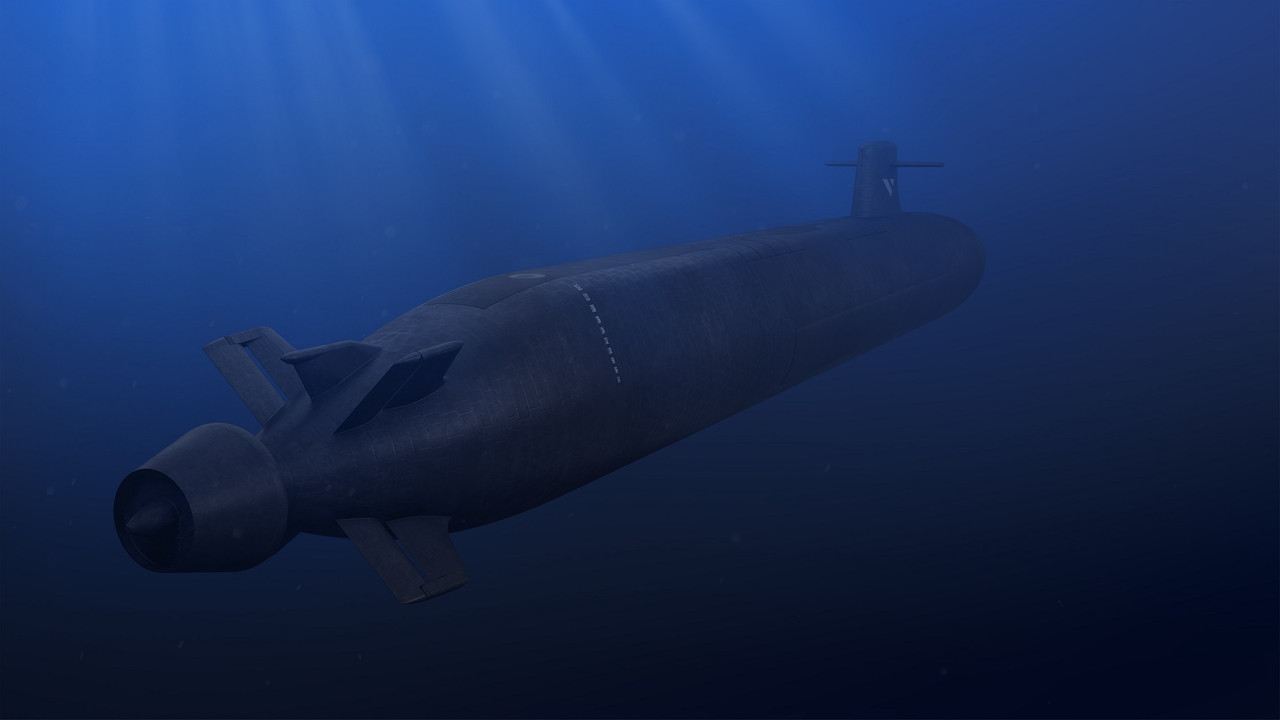

In a significant move towards self-reliance in strategic defence capabilities, India embarked on an ambitious project in February 2015: the indigenous construction of six nuclear-powered attack submarines. This program, known as Project 75 Alpha, marks a major milestone for India’s underwater warfare capabilities.
Collaborating with esteemed partners such as the Defence Research and Development Organisation (DRDO), the Department of Atomic Energy (DAE), and the Indian Navy, India’s endeavor aims to realize the development of a formidable 6000-ton displacement submarine. Endowed with cutting-edge technology and a versatile arsenal, these nuclear attack submarines are poised to redefine undersea warfare capabilities.
Continue readingSOURCE: RAUNAK KUNDE / NEWS BEAT / IDRW.ORG
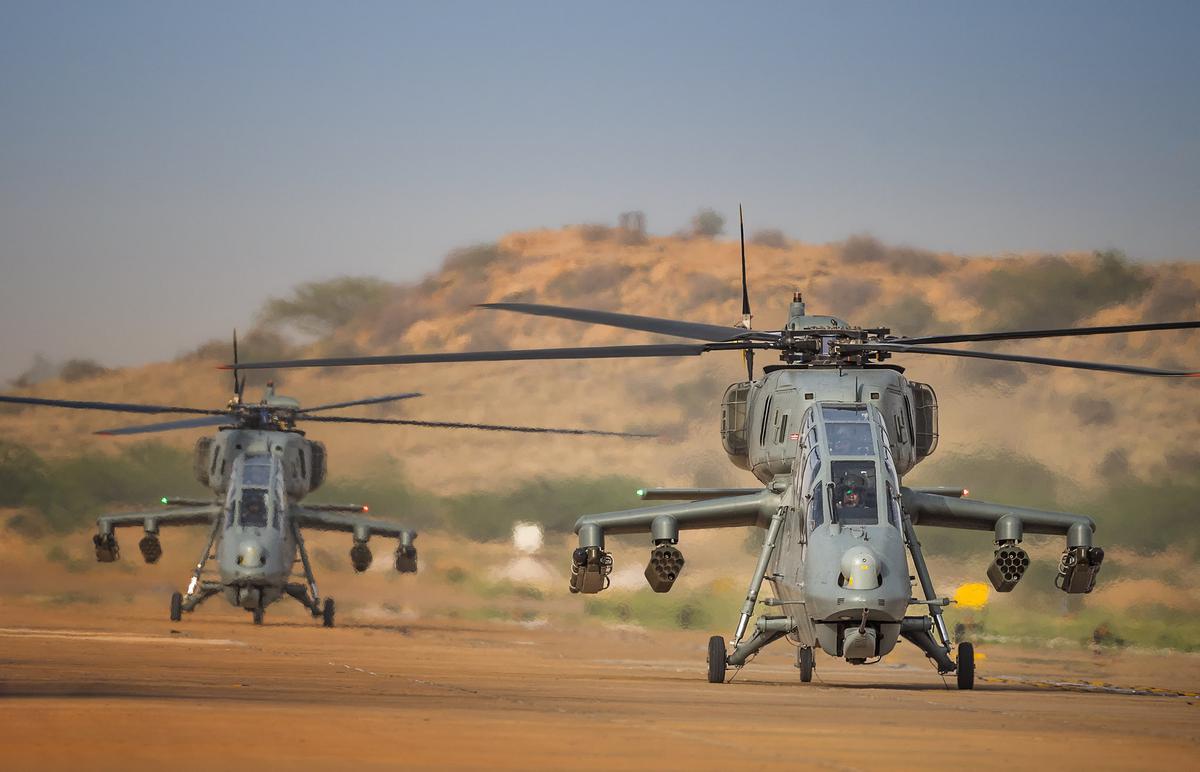

The Indian Air Force (IAF) has confirmed, through Deputy Chief of Air Staff Air Marshal Ashutosh Dixit, that progress is being made on the indigenously developed HAL Prachand (LCH) attack helicopter. While 15 Limited Series Production (LSP) models are currently undergoing evaluation by both the IAF and the Indian Army, some minor issues are being addressed.
The IAF has identified some areas for improvement on the LCH platform. These are categorized as “minor issues” and are currently being addressed by Hindustan Aeronautics Limited (HAL), the manufacturer. Additionally, the IAF and Indian Army have jointly requested further enhancements to the Prachanda’s capabilities.
Continue readingSOURCE: RAUNAK KUNDE / NEWS BEAT / IDRW.ORG
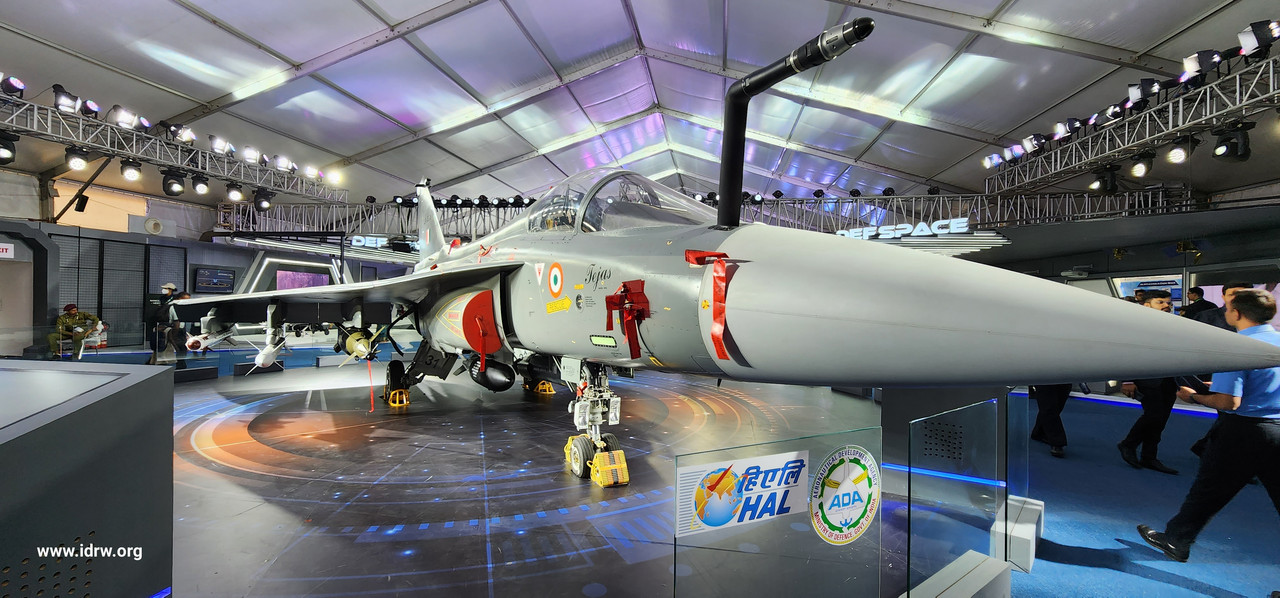

Hindustan Aeronautics Limited (HAL) is gearing up for a significant boost in its Light Combat Aircraft (LCA) Tejas Mk1A production. In a recent statement, HAL Chairman and Managing Director, CB Ananthakrishnan, announced that the first two Tejas Mk1A fighter jets manufactured at the company’s Nashik facility will be rolled out by March 2025.
This development marks a major milestone for HAL’s efforts to streamline Tejas Mk1A production and meet the Indian Air Force’s (IAF) requirements. To achieve this, HAL inaugurated a third production line specifically dedicated to the Tejas Mk1A and HTT-40 aircraft at its Nashik factory in April 2023.
Continue readingSOURCE: RAUNAK KUNDE / NEWS BEAT / IDRW.ORG


India’s Ministry of Defence (MoD) is seeking collaboration between public and private sector companies to manufacture sub-sonic, long-range cruise missiles for its upcoming dedicated rocket force. Indian Military planners recognize the need for a substantial arsenal of precision-strike conventional missiles, estimated in the thousands, to effectively counter emerging threats at LAC and LOC.
The impetus for this program stems from the successful development of India’s first indigenous cruise missile. Having completed numerous developmental trials, the missile is poised for mass production.
Continue readingSOURCE: RAUNAK KUNDE / NEWS BEAT / IDRW.ORG


The Indian Army is exploring the development of a next-generation remotely controlled tracked vehicle (RCTV) capable of carrying significant payloads on the battlefield, according to sources at idrw.org. This move signifies a potential shift towards greater automation and minimizing troop exposure in high-risk scenarios.
While Indian private companies already offer RCTV solutions in the 100-300kg payload range – suitable for surveillance and potentially light weaponry – the Army seeks a much heavier lifter. The envisioned RCTV would boast a payload capacity rivalling a truck, estimated at 4-6 tons. This opens doors for diverse applications.
Continue readingSOURCE: RAUNAK KUNDE / NEWS BEAT / IDRW.ORG
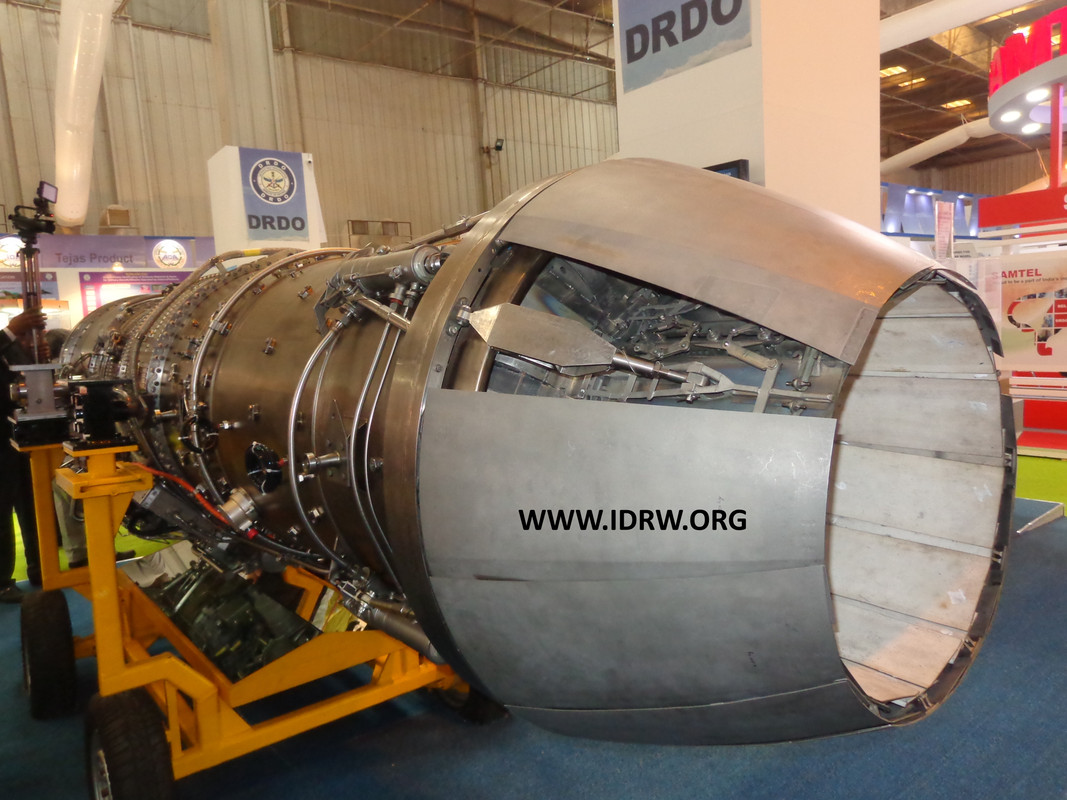

The Gas Turbine Research Establishment’s (GTRE) plan to develop the Kaveri 2.0 engine for the Tejas Mk1A fighter jet raises questions about its strategic rationale. With a targeted thrust output of 90kN, the Kaveri 2.0 seems like a logical upgrade for the Tejas Mk1A, which currently uses American F404 engines. However, the bigger picture paints a more complex story.
Looming large is the upcoming Advanced Medium Combat Aircraft (AMCA) program. This 5th generation fighter requires a much more powerful engine, with estimates suggesting a thrust requirement of around 110kN. Furthermore, reports indicate that GTRE might collaborate with an international partner for the AMCA engine, potentially leading to a core capable of generating a mighty 130kN thrust. This future-proof engine could even be adapted for India’s potential 6th generation fighter program.
Continue readingSOURCE: RAUNAK KUNDE / NEWS BEAT / IDRW.ORG
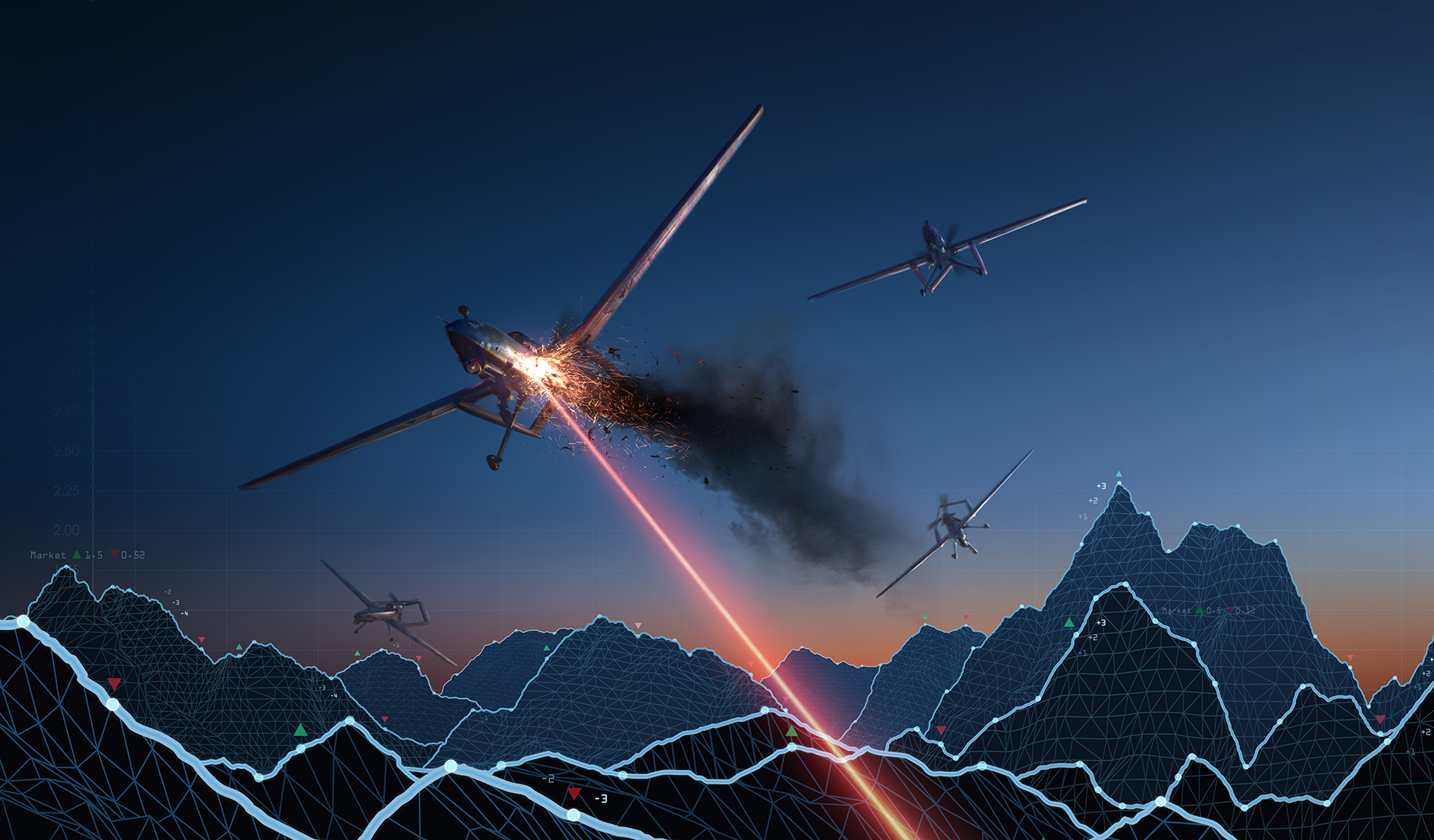

India’s Defense Research and Development Organization (DRDO) is on the cutting edge of counter-drone technology with the development of high-power microwave (HPM) weapons. This Directed Energy Weapon (DEW) system boasts the potential to neutralize a range of aerial threats.
Internal documents confirm that Directed Energy Weapons (DEW) will be able to effectively take out and disable hobbyist drones and commercially available quadcopters used for malicious purposes. DEW also will be powerful enough to disable Medium-Altitude Long-Endurance (MALE)drones, often used for surveillance.
Continue readingSOURCE: RAUNAK KUNDE / NEWS BEAT / IDRW.ORG
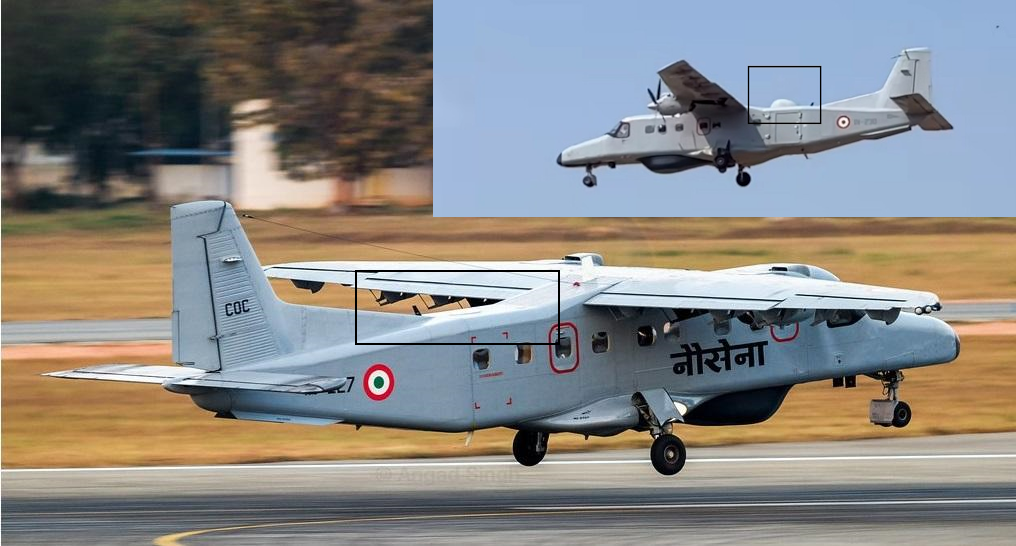

A plane spotting enthusiast (vabb_spotter IG) has captured an image of a Hindustan Aeronautics Limited (HAL) developed Dornier Do 228 aircraft sporting an unusual feature of a hump on the upper fuselage, aft of the main body.
The presence of the standard under-fuselage 360-degree maritime surveillance radar confirms the aircraft belongs to the Indian Navy. Speculation is rife about the purpose of the hump, with some suggesting it houses a satellite uplink system. This would be particularly useful given the aircraft’s frequent flights over vast stretches of ocean, enabling real-time transfer of observation data collected by its robust sensors.
Continue readingSOURCE: RAUNAK KUNDE / NEWS BEAT / IDRW.ORG


The Aeronautical Development Agency (ADA) is gearing up for a crucial study related to the Light Combat Aircraft (LCA) Tejas Mk1A. This project focuses on integrating the Advanced Short-Range Air-to-Air Missile (ASRAAM) onto the Mk1A variant.
The study will explore the feasibility of incorporating both single and twin ASRAAM configurations on the Tejas Mk1A. A crucial aspect of the study will involve conducting an ASE analysis for the proposed configurations. This analysis assesses the interaction between the aircraft’s structural flexibility and aerodynamic forces, ensuring safe and stable flight characteristics with the added weight and configuration changes of the ASRAAMs.
Continue readingSOURCE: RAUNAK KUNDE / NEWS BEAT / IDRW.ORG


The Indian Air Force (IAF) is taking a significant step towards self-reliance by seeking domestic manufacturers to produce spare parts for its fleet of Rafale fighter jets. This initiative involves collaboration with the Society of Indian Defence Manufacturers (SIDM) and is expected to culminate in a meeting with the Chandigarh-based 3 Base Repair Depot (BRD) next month.
The IAF has identified a specific list of components crucial for ongoing maintenance. These parts are primarily those that require periodic replacement and are not mission-critical systems like engines or onboard computers. Additionally, some ancillary equipment that doesn’t directly impact core functionalities are also included.
Continue readingSOURCE: RAUNAK KUNDE / NEWS BEAT / IDRW.ORG
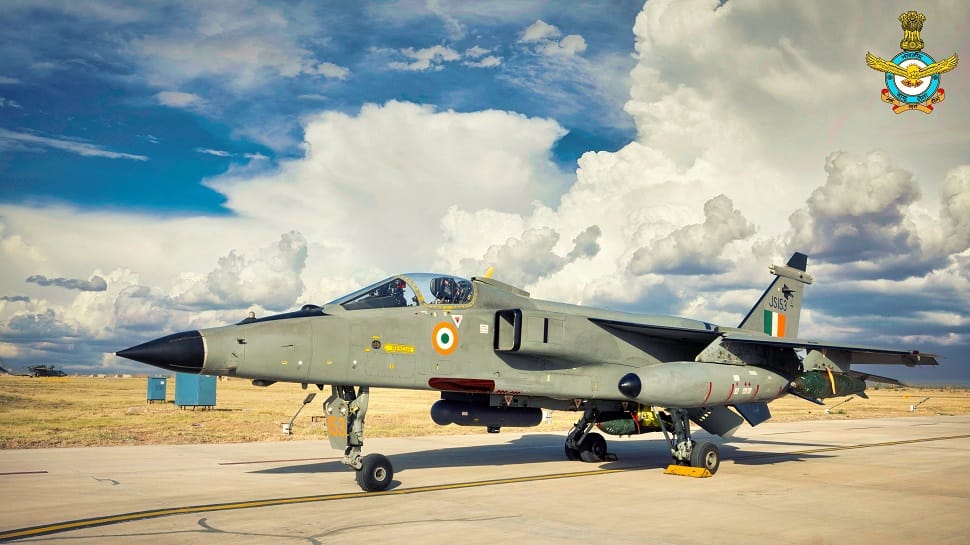

The Indian Air Force (IAF) has issued a Request for Technical and Commercial Proposal (RTCP) for a significant upgrade package for its Jaguar Darin-III fighter jets.
The IAF seeks a new missile to enhance the close-combat capabilities of the Jaguar with ‘Next-Generation Close Combat Missile’ NGCCM integration. NGCCM is a license-produced version of the MBDA ASRAAM air-to-air missile. While previous media reports have mentioned NGCCM integration with the Jaguar has been completed, this tender suggests either live-fire testing hasn’t been conducted or previous trials were limited to captive flights (missile mounted but not fired).
Continue readingSOURCE: RAUNAK KUNDE / NEWS BEAT / IDRW.ORG
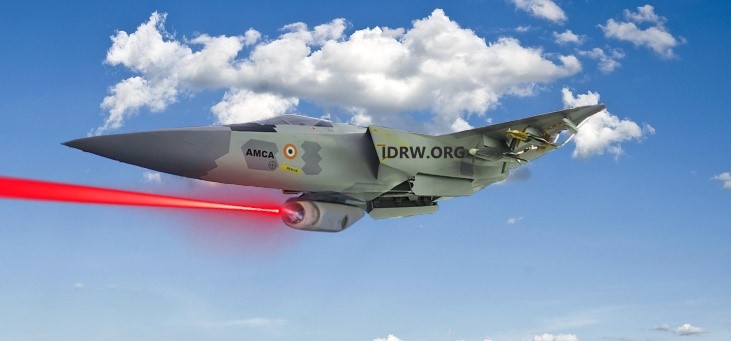

Lockheed Martin, a leading global aerospace and defence company, is signalling its intent to strengthen its ties with India’s research, industry, and academic sectors. Randy Howard, Vice President of Global Pursuits at Lockheed Martin Aeronautics, recently highlighted their exploration of “advanced transfer of technology opportunities” with Indian partners.
This collaboration could encompass a wide range of cutting-edge technologies like Auto Ground Collision Avoidance System (Auto GCAS) a life-saving technology that automatically takes control of an aircraft to prevent ground collisions, significantly enhancing flight safety for Indian pilots.
Continue reading